A damp basement is far more than a simple annoyance. It can lead to mold growth, musty odors, and even weaken the foundation of your home. For many homeowners, controlling the excess dampness in their basement is a constant challenge. You’ve probably heard that a simple ventilation fan can help solve this issue, but is it the right solution? While fans can play a role in managing basement humidity, their effectiveness has limits.
In this article, we’ll explore how well fans can tackle this common problem, examine their benefits and drawbacks, and introduce other moisture-control methods that may offer better results.
Understanding Basement Moisture
Since basements are below ground level, they are naturally prone to dampness. The surrounding soil often holds moisture, which can seep through walls and floors, especially in homes with poor waterproofing. Additionally, the lack of proper ventilation means humid air tends to get trapped in these spaces, leading to condensation on cool surfaces.
If not properly managed, this buildup can affect the air quality, cause damage to stored belongings, and create an uncomfortable living environment. According to the EPA, maintaining indoor humidity levels between 30% and 50% is ideal for preventing excess moisture. Higher levels create the perfect environment for mold, which the CDC warns can begin to grow in as little as 24 to 48 hours on damp surfaces.
Can a Fan Reduce Basement Moisture?
Ventilation fans can be a useful tool for addressing moisture in your basement, but they are not a complete solution. By improving airflow, fans help circulate air throughout the space, reducing the buildup of humidity that often leads to condensation. In basements where the moisture problem is mild, this increased air circulation can help keep the space drier. However, it’s important to remember that fans do not actually remove moisture from the air. They only disperse it, meaning the underlying source of the dampness is still present. For homes located in areas with consistently high humidity or for basements with water seepage, fans alone may not provide the long-term relief you need.
Types of Fans and Their Best Uses in Reducing Basement Humidity
When it comes to managing moisture in your basement, not all fans are created equal. Different types of fans can be used depending on the layout of your space, the severity of the moisture problem, and the ventilation needs of the room. Here are a few common types of fans and where they work best:
Exhaust Fans: Ideal for smaller, enclosed basements with minimal ventilation. Installed in windows or vent openings, exhaust fans actively pull stale, humid air out of the room and push it outside. They are effective in preventing condensation from building up on walls and surfaces, particularly in basements with limited airflow.
Ceiling Fans: Ceiling fans can be a useful addition in basements with sufficient headroom. They provide continuous air movement and help balance the temperature between cooler basement air and warmer air from above, minimizing moisture buildup on cold surfaces.
Inline Duct Fans: Installed directly in existing ductwork, inline duct fans boost airflow throughout the home and improve overall ventilation. They are particularly effective in homes with central HVAC systems where better air circulation is needed in isolated areas like basements.
Ventilation Fans: Commonly used in basements and crawlspaces, the Ventirpro 540 is designed to quickly remove moisture-laden air and can be mounted to the wall for effective airflow. Though often installed in bathrooms, they are also ideal for other small, damp areas like laundry rooms or utility spaces. By pulling humid air out of the room and venting it outside, ventilation fans help prevent the buildup of mold and mildew, especially in areas prone to frequent humidity spikes.
By selecting the right fan for your basement and combining it with moisture-reducing strategies, you can create a drier, more comfortable environment.
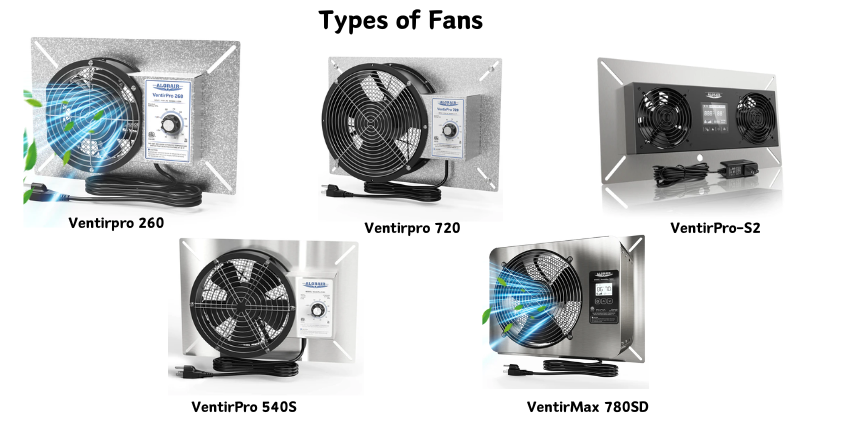
Benefits of Using a Ventilation Fan in the Basement
While ventilation fans may not eliminate moisture at the source, they do offer several benefits for homeowners dealing with minor dampness issues. First, fans are relatively affordable compared to more extensive moisture-control solutions like dehumidifiers or sump pumps. They also help improve air circulation, preventing the air from becoming stagnant and reducing the chances of musty odors developing. In addition, fans are energy-efficient, with many models using minimal electricity while still promoting airflow throughout the basement. For those looking to create a more comfortable environment without committing to a major renovation, a ventilation fan can be a practical option, especially when used alongside other methods like dehumidification.
Limitations of Using Fans for Moisture Control
While ventilation fans can be helpful in reducing humidity, they come with notable limitations. Fans do not address the underlying causes of moisture, such as groundwater seepage or high humidity levels from outside air. Instead, they only disperse the damp air, which can lead to a temporary improvement but won’t solve persistent moisture issues. In particularly humid climates, fans may struggle to provide noticeable relief, as the amount of moisture in the air remains too high for simple circulation to manage. Additionally, relying solely on a fan could result in continued mold growth or structural damage if the moisture levels are not effectively controlled. For more serious or ongoing problems, other methods, like dehumidifiers or waterproofing, may be required to achieve lasting results.
Combining Fans with Other Moisture Control Strategies
For more effective basement moisture control, fans should be used alongside other strategies. Here are some complementary solutions:
Dehumidifiers: Combining fans with a dehumidifier can significantly enhance moisture control. Dehumidifiers actively remove moisture from the air, reducing humidity levels and preventing mold growth. According to the U.S. Department of Energy, a dehumidifier like the Sentinel HD55S with WiFi or the Sentinel HDi65S Smart Dehumidifier with Pump can reduce the moisture content in the air by up to 50 pints per day, depending on its size and the level of humidity.
Waterproofing Measures: For basements prone to water intrusion, waterproofing techniques such as sealing foundation cracks, installing vapor barriers, or applying waterproof coatings can help keep moisture out. These measures can be especially effective in conjunction with fans and dehumidifiers.
Proper Drainage: Ensuring that the surrounding landscape slopes away from the house can help direct water away from the foundation. Installing interior and exterior drainage systems, like French drains or sump pumps, can also be beneficial in preventing moisture buildup.
Regular Maintenance: Inspecting your basement regularly for leaks, fixing broken gutters, and clearing downspouts are essential preventive measures. Keeping your basement dry and well-maintained can help avoid the need for costly repairs.
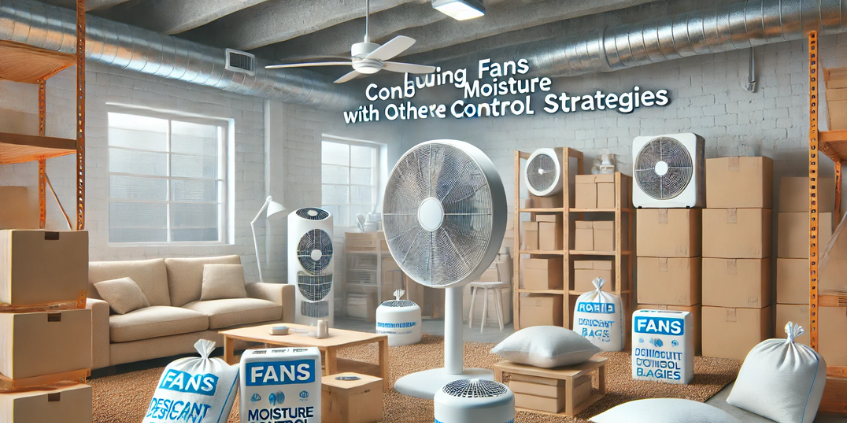
Effective Solutions for Basement Moisture Control
While fans can play a supporting role in reducing basement dampness, more comprehensive solutions are often necessary to address the problem at its core. One of the most effective tools is a dehumidifier, which actively removes moisture from the air rather than just circulating it.
Products like AlorAir’s high-performance dehumidifiers, including models like the Sentinel HD55 or HDi90, are specifically designed to tackle high humidity in spaces like basements. These devices can help bring humidity levels down to the EPA-recommended range of 30% to 50%, significantly reducing the risk of mold and other moisture-related issues.
In addition to using a dehumidifier, waterproofing your basement is essential for long-term moisture control. This may involve sealing cracks in walls and floors, installing vapor barriers, and ensuring proper drainage systems around the foundation of your home. Sump pumps are another solution to consider for basements prone to water intrusion, as they help redirect water away from your foundation before it has a chance to seep inside.
Achieving Long-Term Moisture Control
While ventilation fans can assist with minor moisture issues by improving airflow and aiding in the drying process, they alone are not a complete solution for managing humidity. By combining ventilation with dehumidification and proper waterproofing, you can create a healthier, drier basement environment. For high-quality moisture control solutions, including powerful ventilation fans, dehumidifiers, and air purifiers, visit AlorAir.com. Stay proactive in managing moisture to protect both your home and your health.





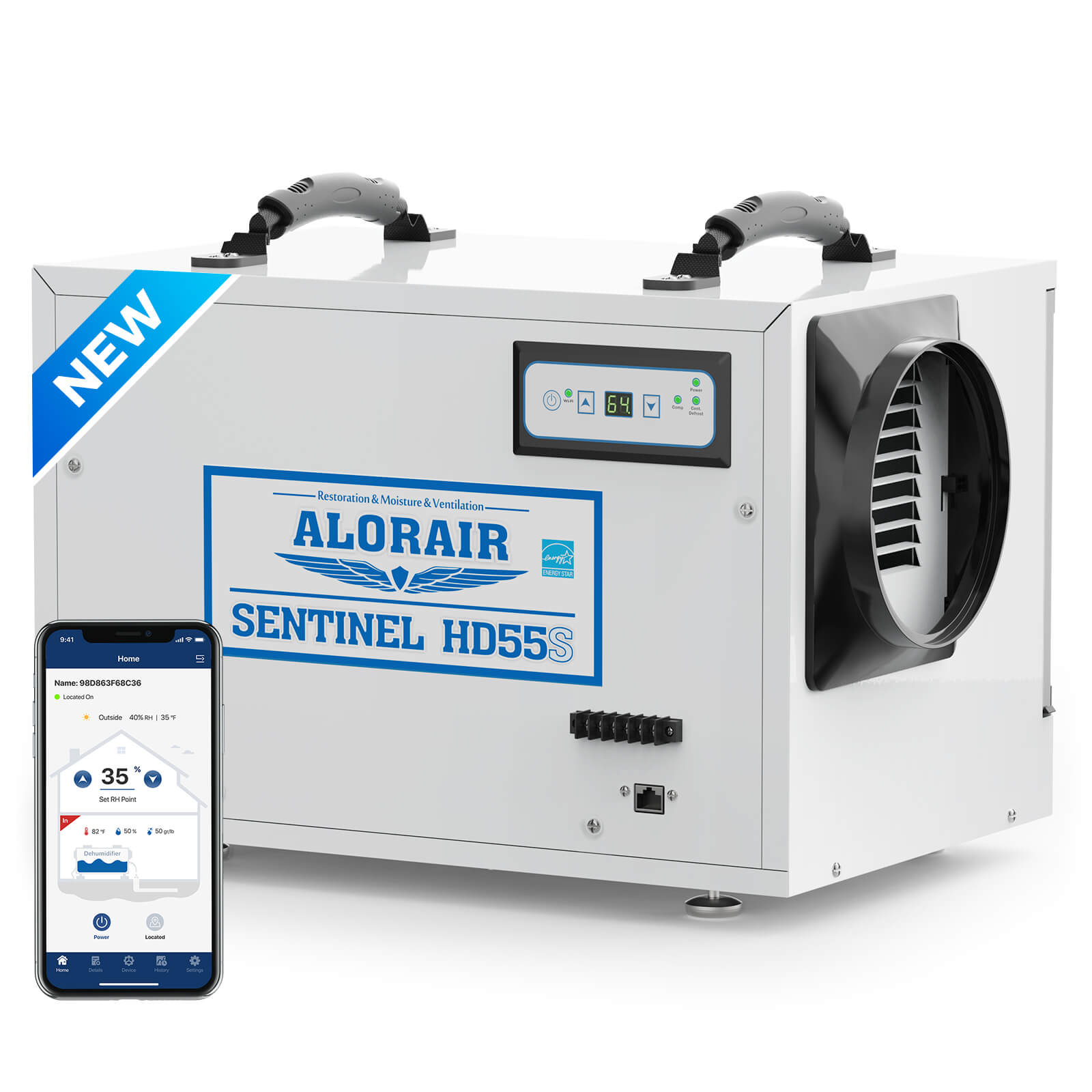
-(1).png)
.jpg)
.jpg)
.jpg)

.jpg)

.HDi90.png)
.HD90.png)



.jpg)
.jpg)

.jpg)

.jpg)





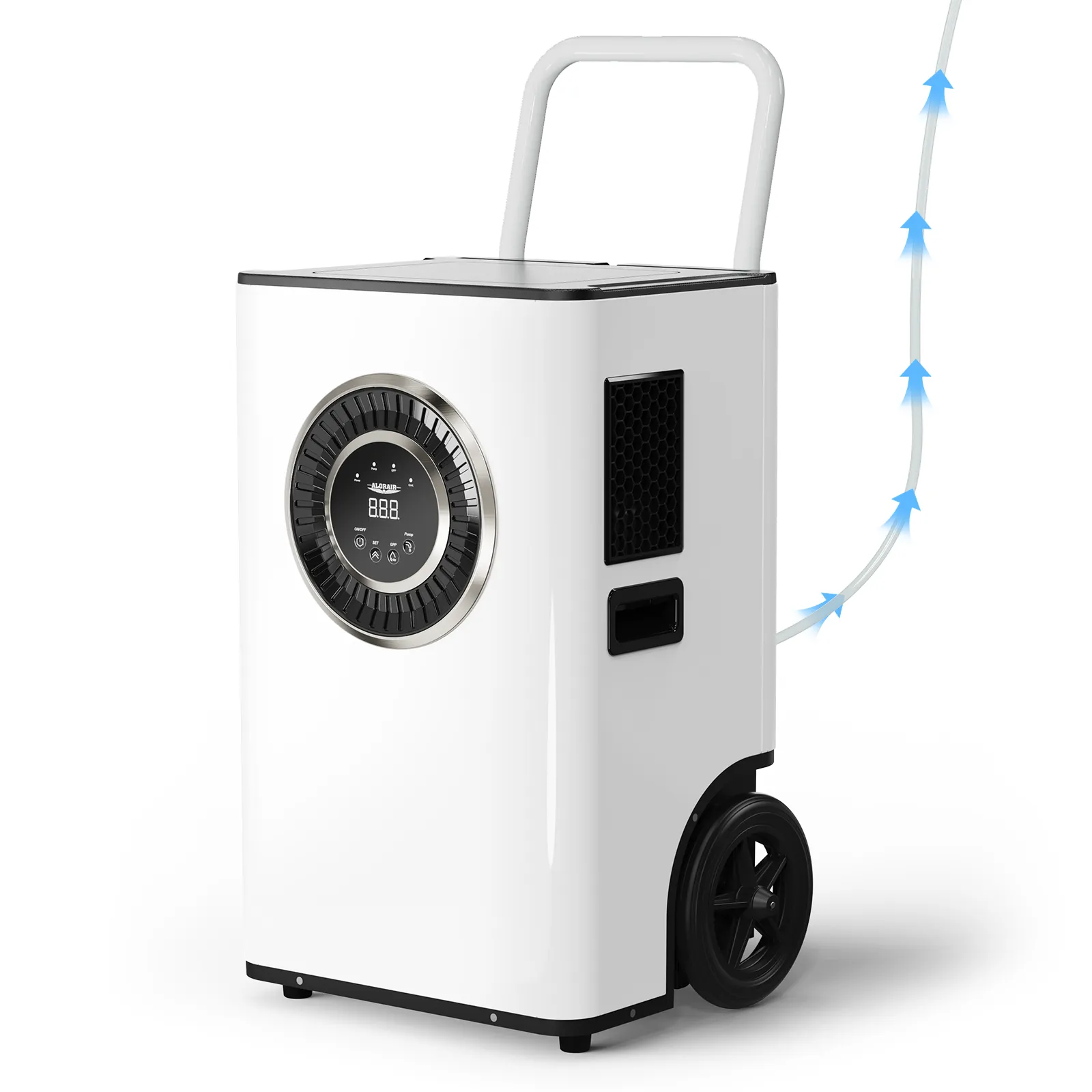
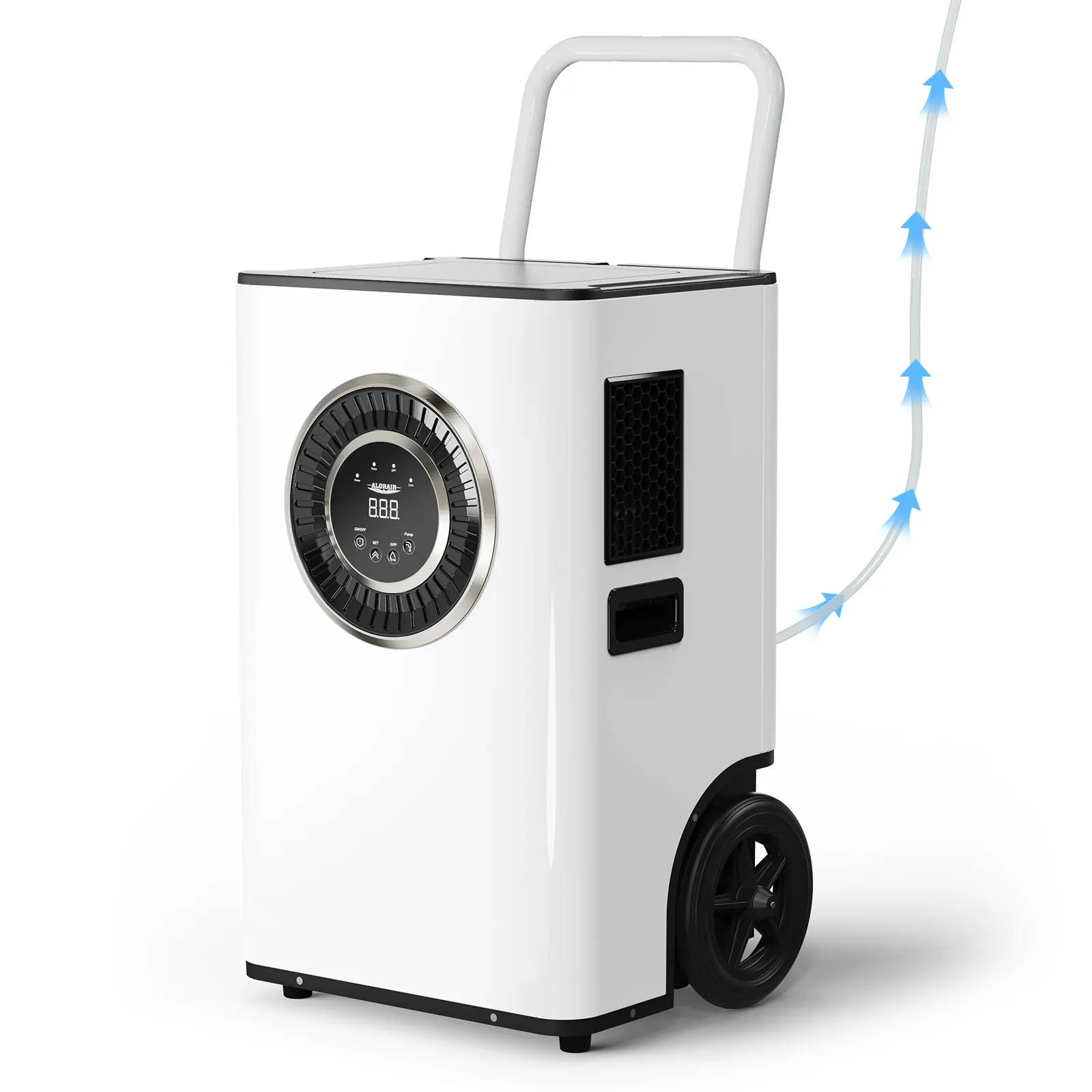
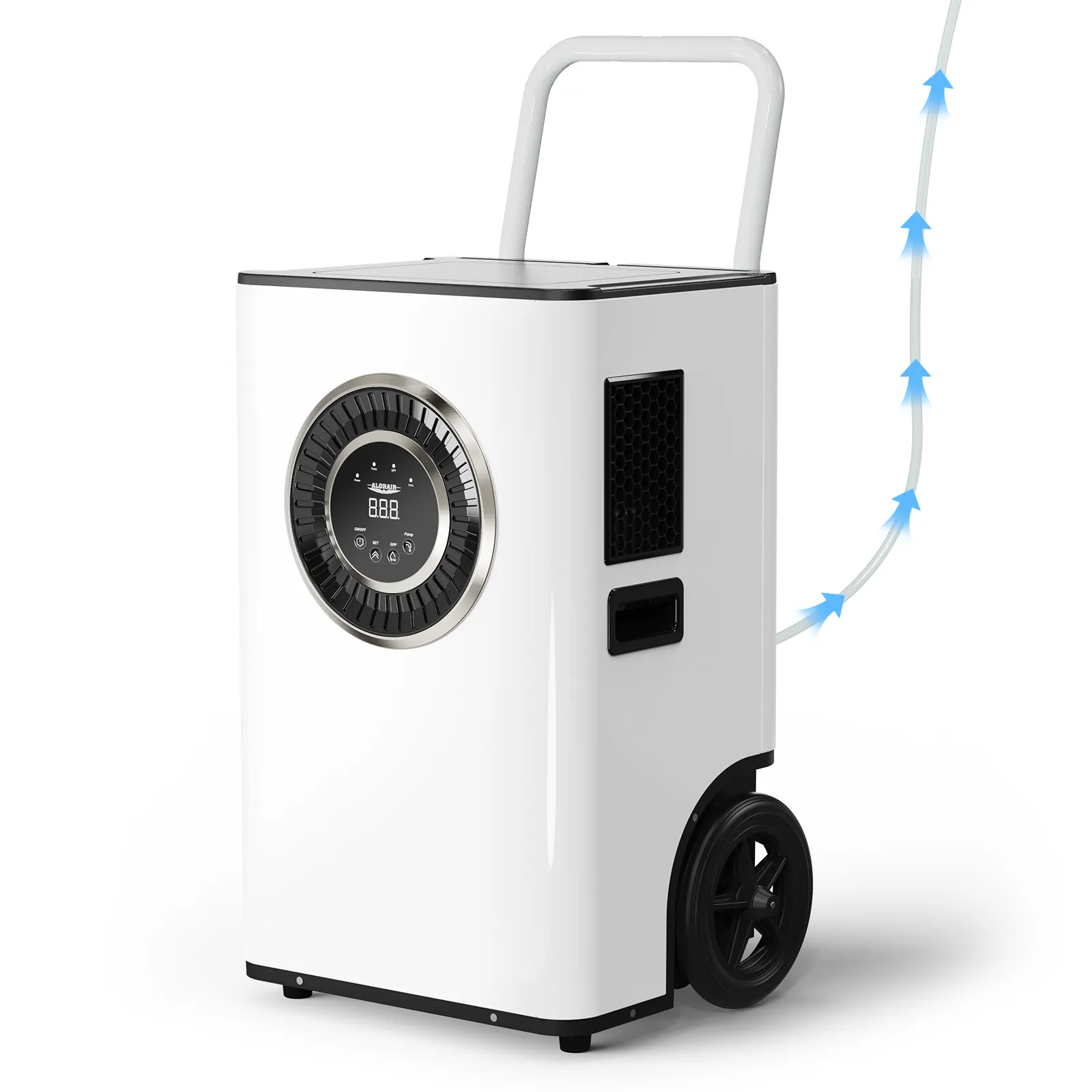
.jpg)
.jpg)
.jpg)





.jpg)
.jpg)


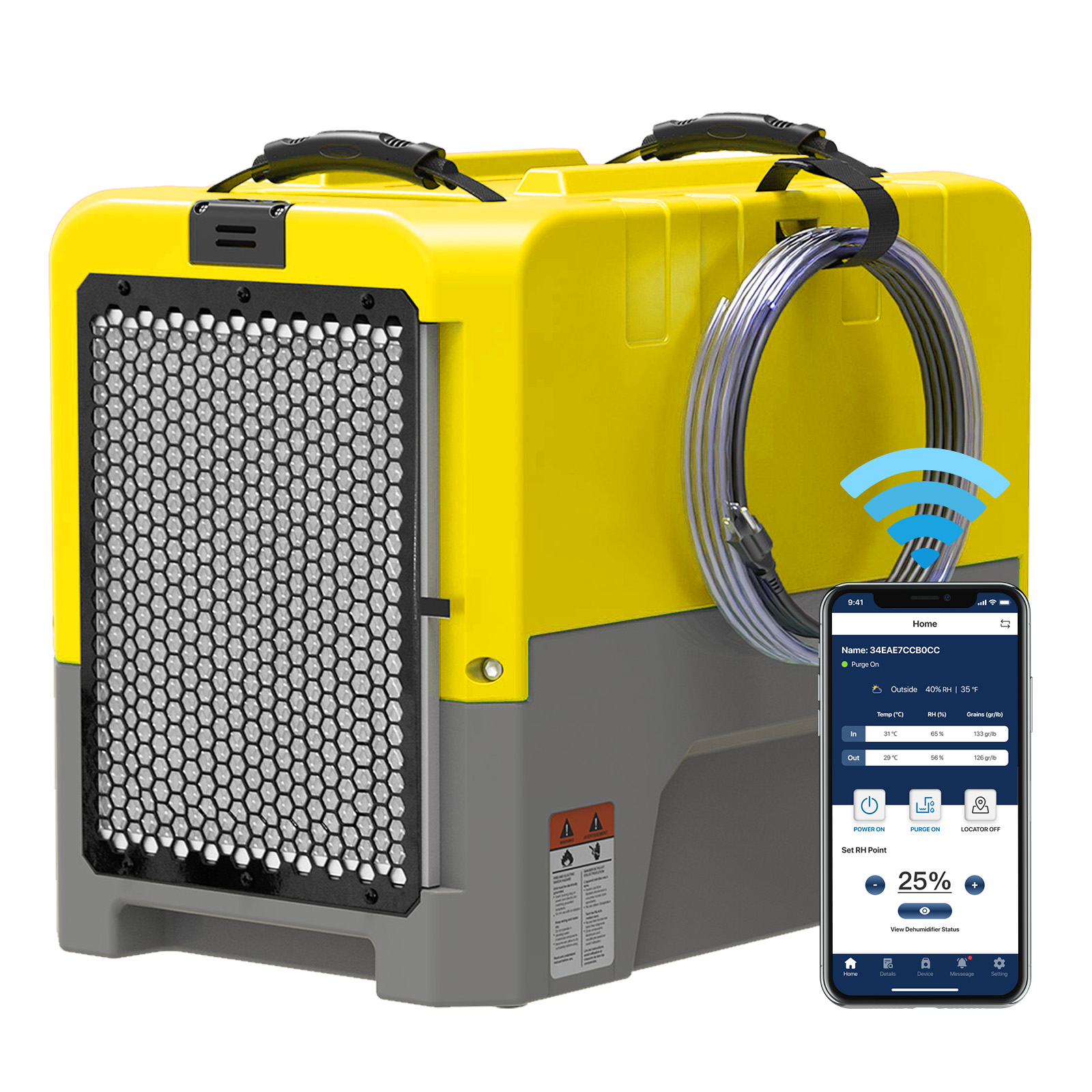








.jpg)
.jpg)








.jpg)
.jpg)












.webp)
.webp)
.webp)
.webp)
.jpg)
.jpg)
.jpg)
.jpg)
.jpg)
.jpg)
.jpg)
.jpg)
.jpg)
.jpg)
.jpg)
.jpg)
.jpg)





.jpg)
.jpg)
















-.jpg)
.jpg)

.jpg)
.jpg)




























 Exclusive offers
promotions
Exclusive offers
promotions

